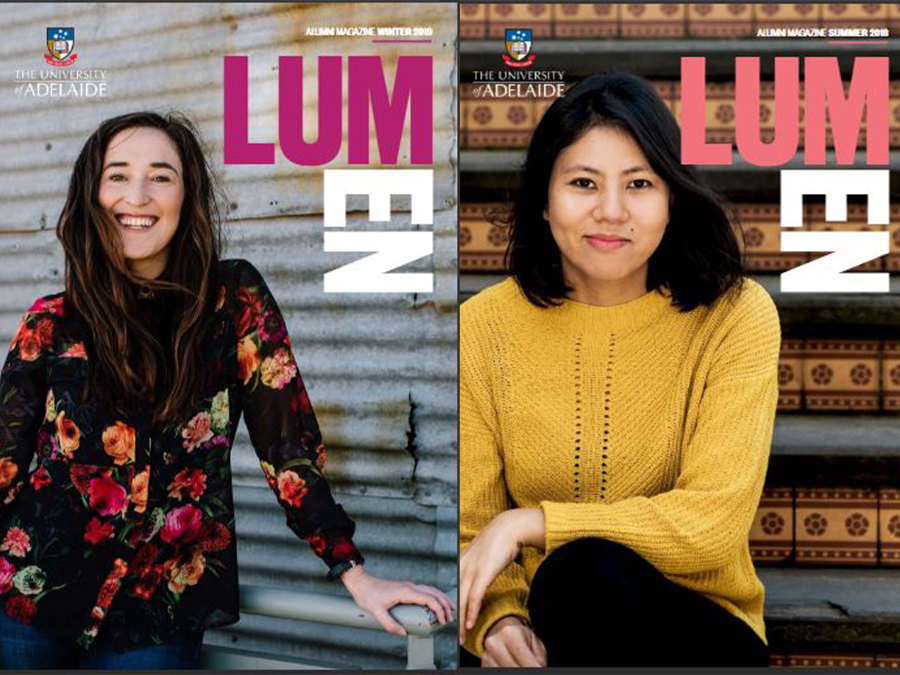Diversification key to Whyalla's turnaround
Wednesday, 12 December 2018
Only two years ago Whyalla was looking into the abyss and fear was written all over the faces of the population. Economic analysis by University of Adelaide economists pointed to over-dependence on steel for the town’s future. Thanks to widely publicised investment, the city can learn from its past, diversify its economy and look to a bright future.
Associate Professor Michael O’Neil, Executive Director of the University of Adelaide’s South Australian Centre for Economic Studies (SACES), has analysed Whyalla’s fortunes.
“Whyalla’s ‘death notice’ has been written a number of times over the past 40 years with the closure of the shipyards in 1978 and, more recently, as the steelworks clung to life suffocating in debt and despair in 2016,” says Associate Professor O’Neil.
“In 2016, the SACES report Whyalla Economic Development: A Plan for the Future made it clear that Whyalla needed a serious discussion to plan its future because a narrow view focused on shipbuilding in earlier times, and steel-making more recently, had compromised its economic viability.
“After buying the steel works in 2017 hope has turned to optimism when industrialist Sanjeev Gupta announced a $600 million upgrade of the existing steelworks, increasing its capacity to 1.8 million tonnes annually.
“That announcement, while welcome news to the 2,500 employees, was accompanied by another, ‘big picture’ announcement – a feasibility study of a state-of-the-art plant capable of producing 10 million tonnes of steel for export annually,” says Associate Professor O’Neil.
The rescue of the steel works is not a lone lifeboat for Whyalla. New investment in renewable energy production will be accompanied by a proposed $145 million horticulture business, a $45 million hotel and a $6 million organics recycling business.
“The availability of cheaper renewable energy will be a competitive advantage for Whyalla and, more generally, the greater Eyre Peninsula region,” says Associate Professor O’Neil.
“Whyalla is blessed with 300 days of sunshine each year and lots of space for large-scale renewable energy projects. Crucially these projects will be able to store the clean electricity they generate thereby avoiding one of the major short-comings of green energy.
“Whyalla needs ‘big picture’ planning as set out in the SACES report. Plentiful renewable energy can only reach hungry markets through infrastructure which will also need upgrading,” he says.
The revived economy will need human capital which will be fed from a State Government funded new high school. Currently 22,000 people, the population is projected to grow by almost four times boosting the housing and infrastructure sectors. The neglected local tourism industry could also be revived adding a cash-rich, transient population.
“With careful planning that takes advantage of the economy’s turnaround the Whyalla people could be wearing smiles again – in the long term,” says Associate Professor O’Neil.
An in-depth article on Whyalla’s economy by Associate Professor Michael O’Neil appears in The Conversation.
The South Australian Centre for Economic Studies provides expert economic analysis on this and other subjects in its Economic Policy Forum blog.
Contact Details
Email: michael.oneil@adelaide.edu.au
Executive Director, SA Centre for Economic Studies
The University of Adelaide
Business: +61 8 8313 4545
Mobile: +61 (0)408 812 032
Mr David Ellis
Email: david.ellis@adelaide.edu.au
Website: https://www.adelaide.edu.au/newsroom/
Deputy Director, Media and Corporate Relations
External Relations
The University of Adelaide
Business: +61 8 8313 5414
Mobile: +61 (0)421 612 762







